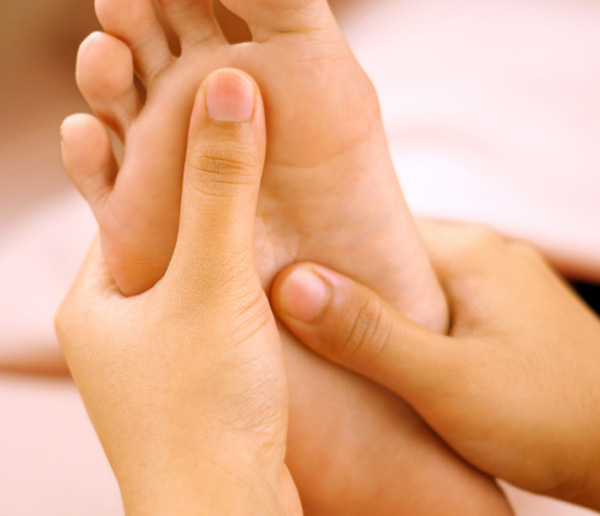
Sever’s disease or calcaneal apophysitis is usually the most common cause of pain in the heel of children. The pain is caused because there is an injury or inflammation to the growth plate of the calcaneus from the Achilles tendon pulling. The Achilles is the strongest tendon of the foot and has a lot of force. Sever’s disease usually occurs in kids between the ages of 8 and 14 and in those who play tennis, basketball, and soccer. The condition is due to an underlying mechanical problem with the way the foot functions and is not a disease process through the body. At the beginning of soccer and basketball seasons our office sees a lot of kids with pain in their heels, luckily we can usually keep the little athletes playing their sports without having to substitute them.
Sever’s disease can be treated with:
At Foot, Ankle, and Leg Vein Center our doctors will evaluate your child’s gait for any biomechanical problems that may lead to excess force on the growth plate. An X-ray of their foot will be taken to ensure a fracture is not present. We can decrease the force the Achilles places on the growth plate with a heel lift or orthotic. When they wear it all day it will help reduce the force applied to the calcaneal growth plate with every step. Over time, this will decrease the pain and inflammation present at the calcaneal growth plate. One of the most important factors is to wear the lift all day and not just when they play sports. Rarely, a below-the-knee cast or pneumatic cam walker is required in severe cases to calm the symptoms. Usually, most of the kids’ pain is alleviated with heel lifts or custom-molded Orthotics. Orthotics work by correcting foot function and will fit into most shoes. All cases of Sever’s disease will resolve after the growth plate closes.
